Affiliate links on Android Authority may earn us a commission. Learn more.
Why my next phone doesn't need to have a headphone jack
November 22, 2019
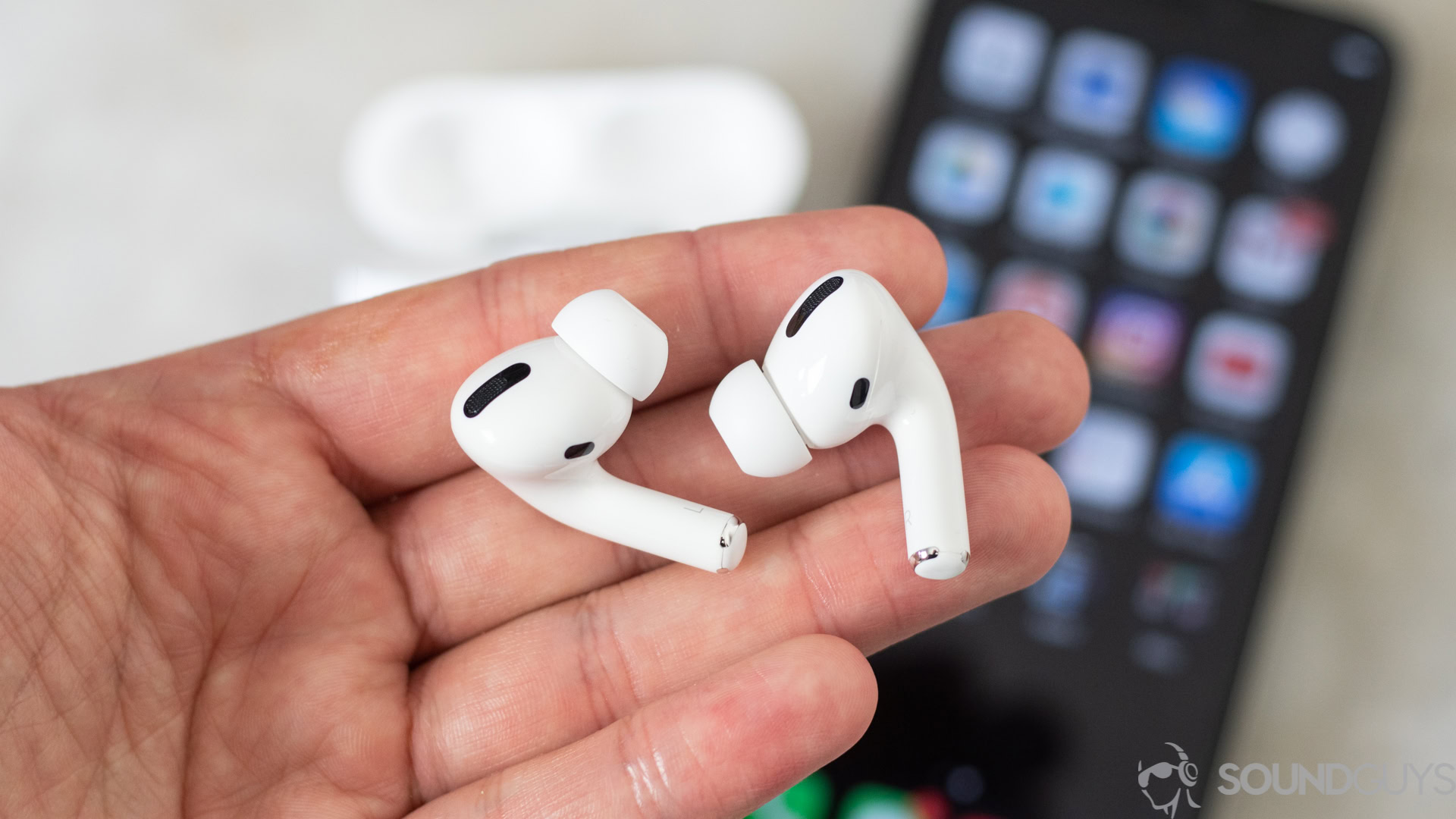
It’s been a few years since Apple callously ditched the headphone jack, and since then, competitors have eagerly followed. It’s no longer blasphemous to see a smartphone release sans-headphone jack, a trend that has pressured consumers to embrace the true wireless epoch. While I still champion wired audio quality over wireless, the fact of the matter is that Bluetooth playback is good enough for my day-to-day purposes. Even still, that doesn’t pardon companies from engineering this audio crisis.
On-the-go audio serves a purpose
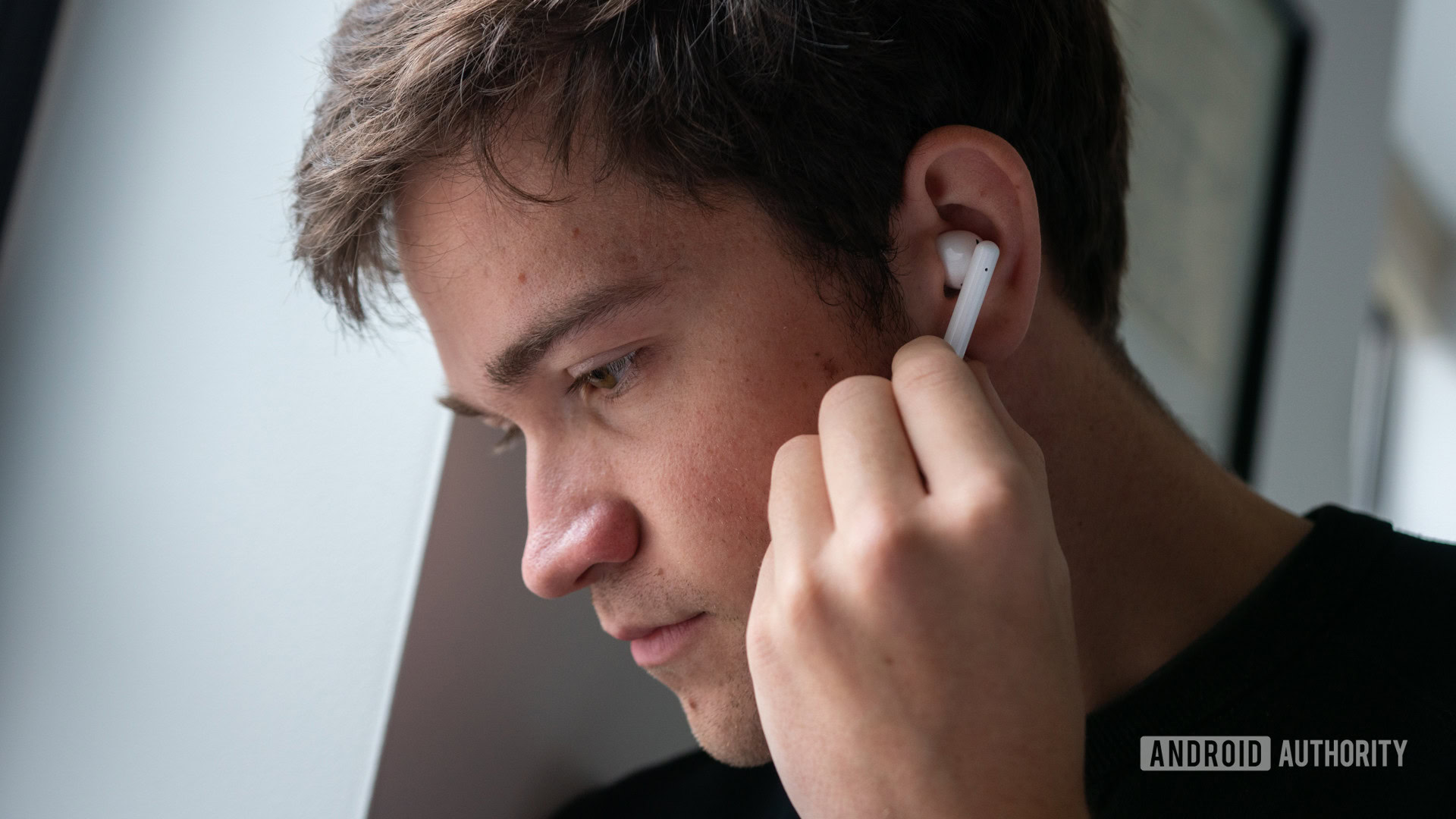
While my Samsung Galaxy S10e has a headphone jack, you’re unlikely to catch me in the urban sprawl with a wired headset. Instead, I always carry wireless earbuds but not as a means of enjoying music, per say. Earbuds plainly serve as a distraction from the sounds of construction and noisy passersby.
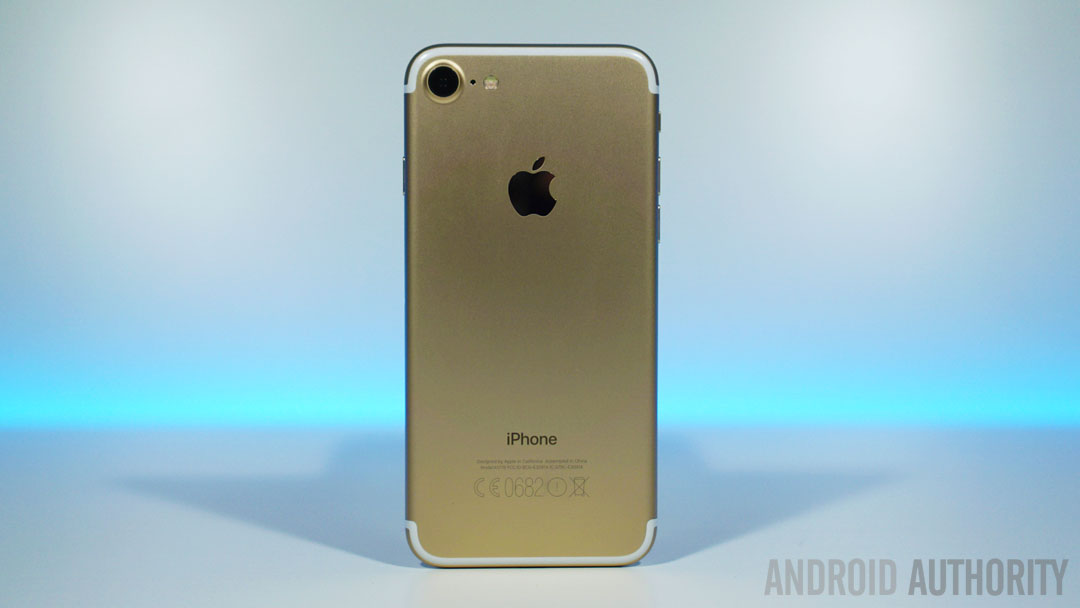
As much as I’ve lamented and continue to lament companies’ excuses for omitting the 3.5mm input, the convenience of wireless earbuds is undeniable. When boarding the CTA, I’m quick to sacrifice sound quality for total wireless listening; I’ll happily forgo a moment of appreciating a vocalist’s vibrato if it means avoiding a cable snag on a stranger’s backpack. While the option to run a cable under my coat remains, it seems a cumbersome process when so many cheap wireless earbuds are available.
Just like everyone else, all I want when running errands is to ignore fellow pedestrians in peace. True wireless and wireless earbuds make this much easier than wired ones, hence why I opt for untethered listening when exiting the apartment.
Isn’t Bluetooth audio quality worse than wired?
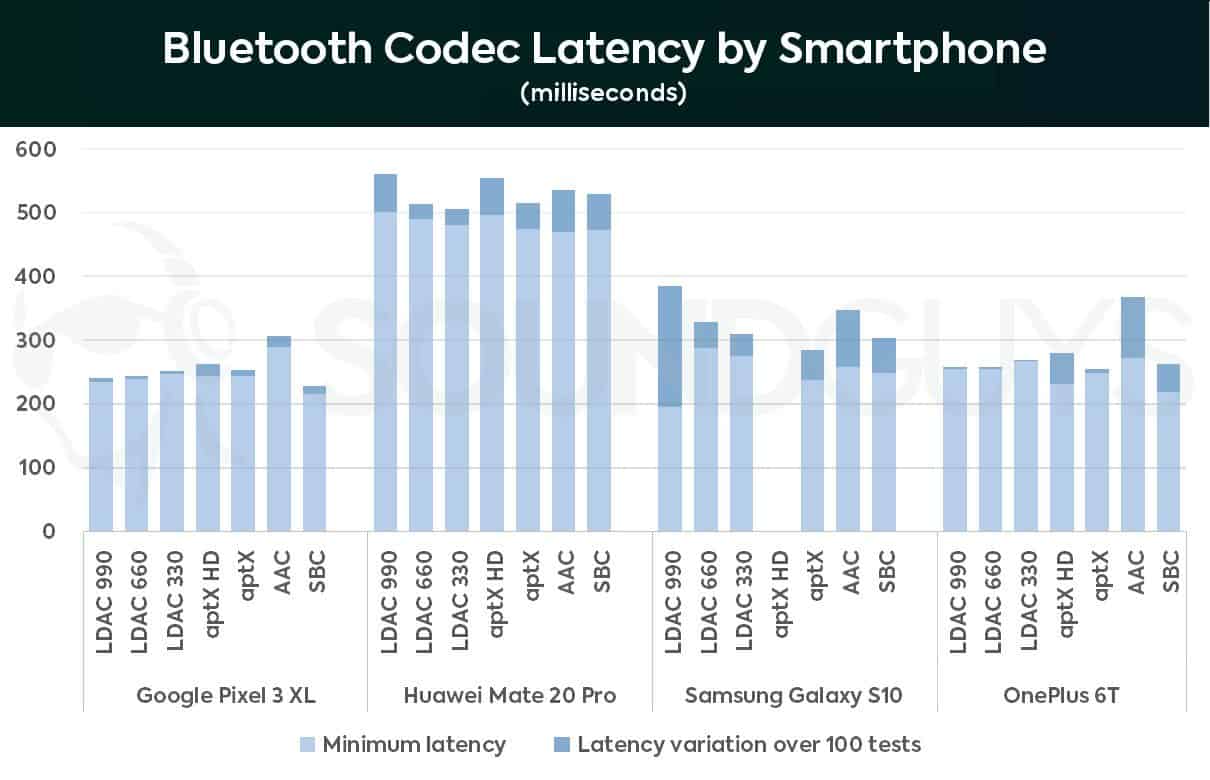
Headphone jack advocates argue that sound quality suffers when streaming over Bluetooth compared to a wired connection. It’s true that the best Bluetooth codecs can’t yet achieve the same fidelity as wired alternatives, but that doesn’t matter much when there are greater concerns like auditory masking. This phenomenon is when a loud noise (e.g. passing train) makes it difficult to hear a quiet noise (e.g. your music).
Regardless of what classification of earbuds you use, a proper fit is imperative: perceived music quality degrades when loud noises mask your music. It makes sense. Hearing potential threats, like a water buffalo’s charge, was once important for survival. This was a very different time, though, as cave paintings also happened to be considered a viable form of entertainment. Suffice to say, times have changed but human auditory processing has not.
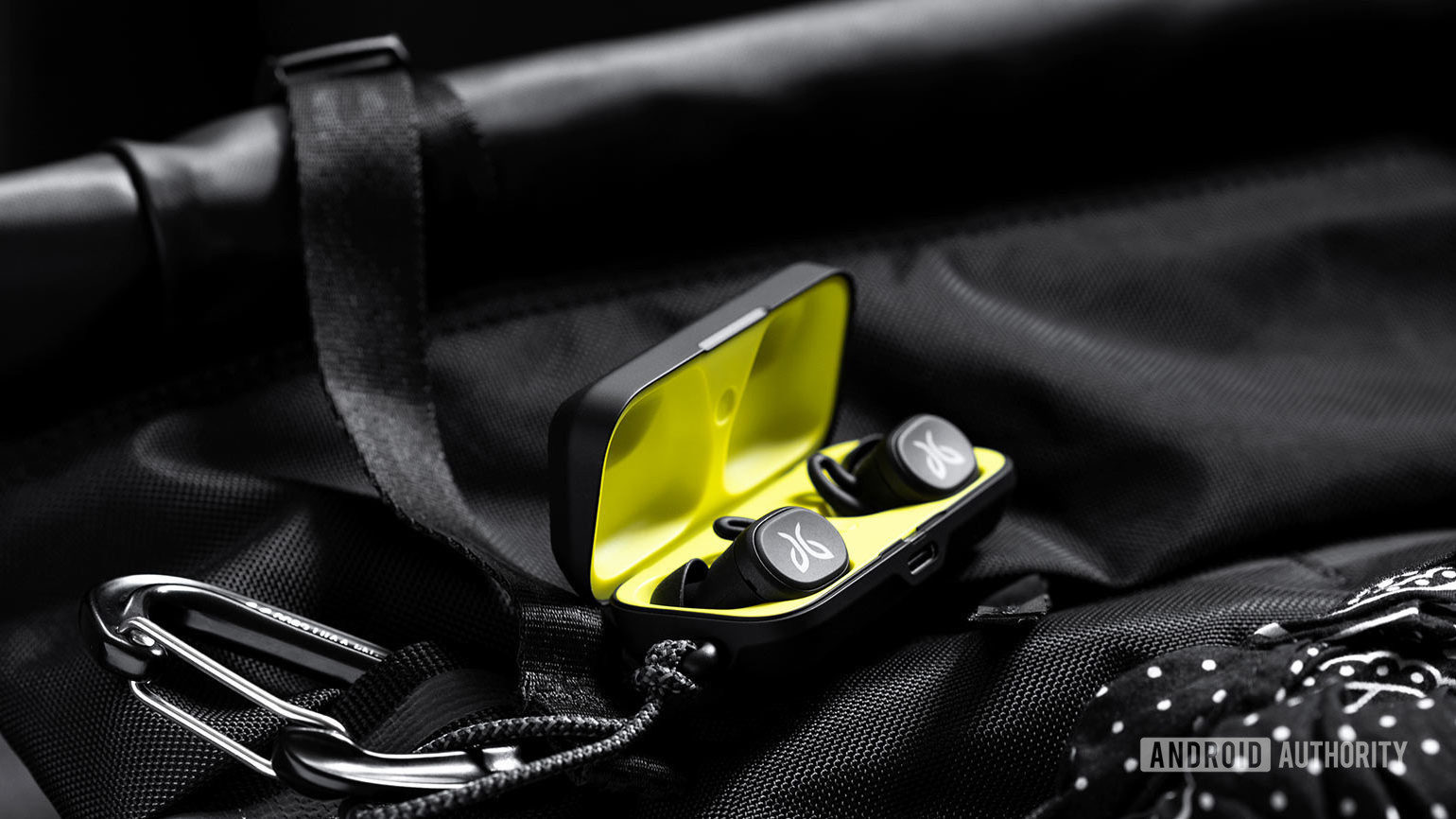
The long and the short of it is this: fit first, everything else second — assuming you’re looking for the best sound quality. Many of us don’t set aside time to experiment with the array of wing or ear tips included with a pair of earbuds. Doing so improves audio quality more than a high-quality Bluetooth codec, especially considering how many of us don’t have sensitive enough hearing to discern a difference. Plus, certain codecs are unreliable with Android OS.
Home is for the headphone jack
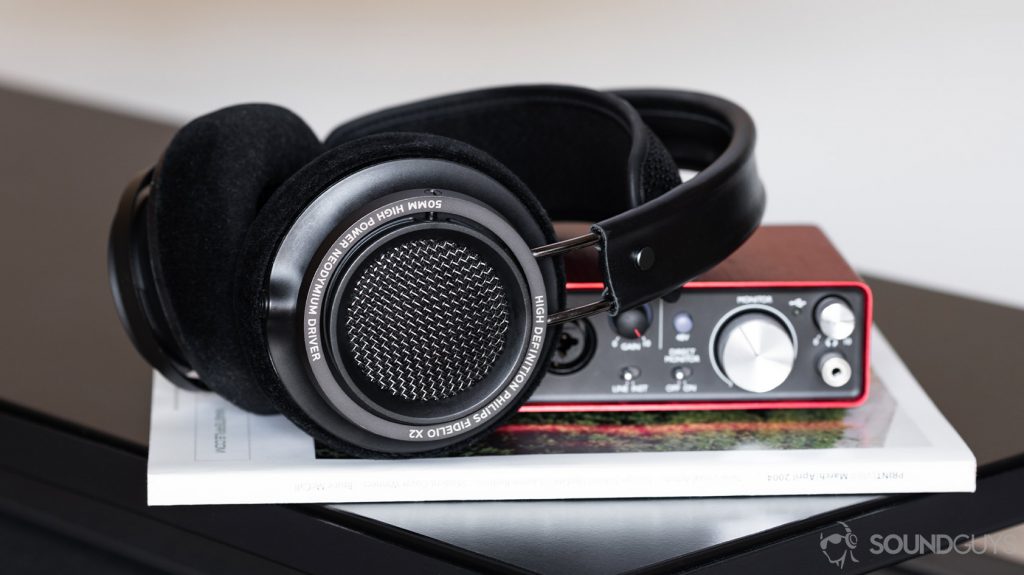
When at home, listening to music becomes a deliberate activity that engages all of my focus. I use wired open-back headphones and plug them into my computer’s 3.5mm input. Since I’m in a quiet, controlled environment, I don’t worry about convenience or auditory masking. I can take my sweet southern time setting up my headphones, and even an amplifier if I really want to dress things up. For me, listening to music on-the-go is functional, but listening at home is an experience worth savoring.
Companies should still include a headphone port
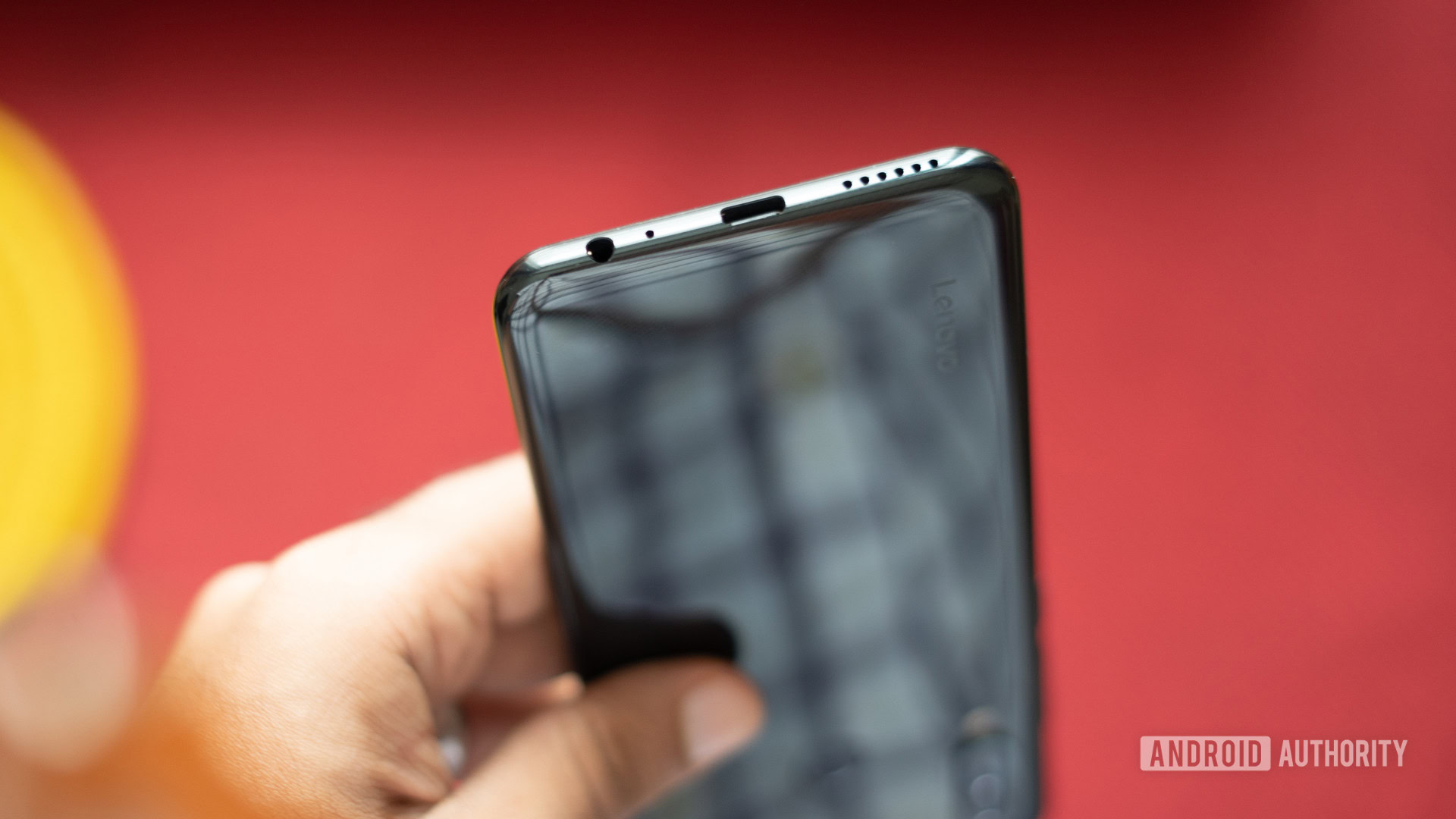
At a basic level, we consumers should have choice when buying smartphones. The smartphone market was once rife with headphone jacks. Now, companies are pawning the 3.5mm input off as a premium feature, save for Google which included the headphone jack in the budget Pixel 3a but omitted it from Pixel 3 and Pixel 4 flagships. It feels bad to be coerced into paying a premium for something that was once ordinary. At the end of the day, companies have their agendas, sure, but it’s remarkable how quick some monoliths are to disregard loyal customers’ interests for an easy money grab.
Not everyone can afford wireless earbuds
While wireless and true wireless earbuds have become markedly more affordable in the past few years, you’re unlikely to find an $8 pair of wireless earbuds with as much ease as you would a wired pair. Some of the best cheap true wireless earbuds retail for around $40 or $50, which is more than just chump change for many of us. If companies want to encourage loyalty, they need to respect where the average consumer comes from. Many of us don’t have generous disposable incomes whereby we can shell out money for electronic accessories without considering our monthly budgets.
The headphone jack is a practical inclusion, allowing those of us with lower incomes to enjoy music without straining our budgets.
Consumer frustration stems from more than just a lack of choice, which remains a valid argument, but also from a place of feeling financially burdened. You can certainly argue that music isn’t a necessity. Heck, it doesn’t even register on Maslow’s hierarchy. Yet, the fact remains that the headphone jack, in all its former glory, was a default inclusion — it seemed a stretch to classify it as a feature. Being strong-armed into paying a premium for what should be boring piece of hardware only makes me hold tighter to my current Samsung Galaxy S10e.
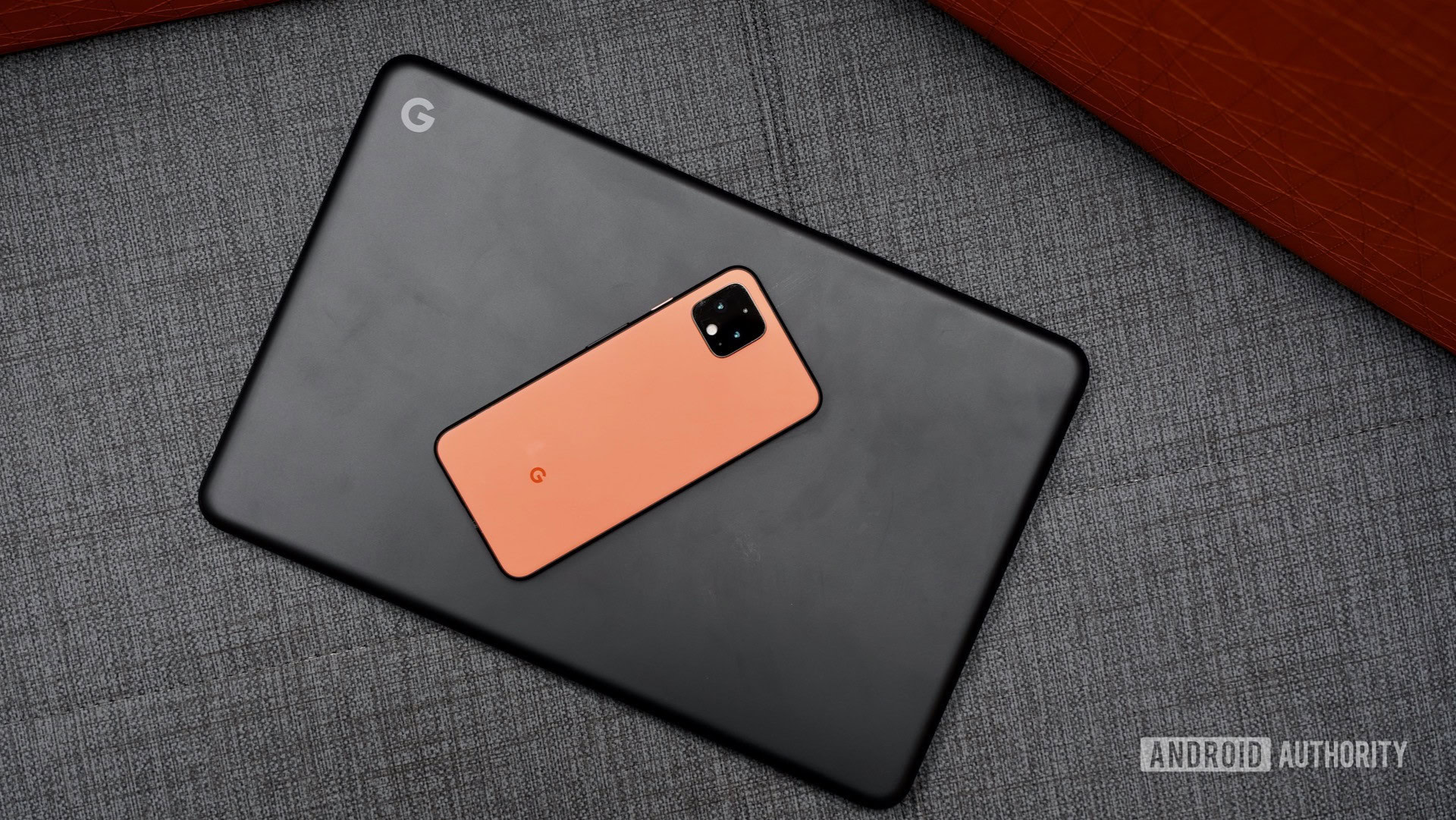
When the time comes for an upgrade, I won’t feel the need for a headphone jack as I rarely use it on my smartphone now. I recognize my unique position allows me to test multiple wireless and true wireless review units at any given time, so money is a non-issue in that regard. However, the 3.5mm headphone jack’s absence is an inconsiderate inconvenience for those with different financial means. Whether it’s from the gym or during times of stress, music brings joy to our lives. It pains me to see wired audio become a gate-kept pleasure afforded only to those who, well, can afford it.